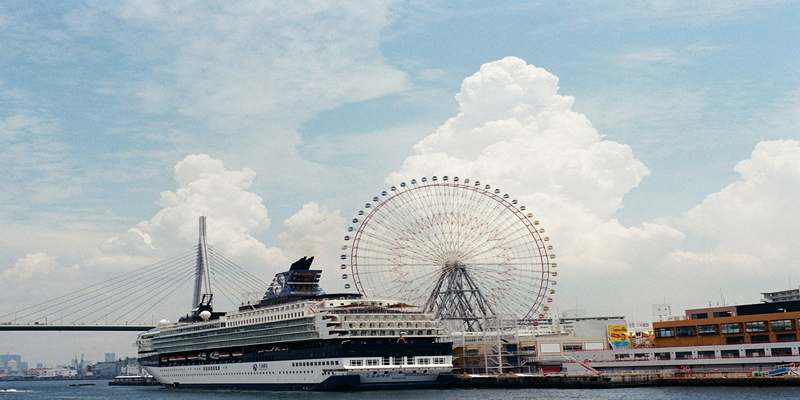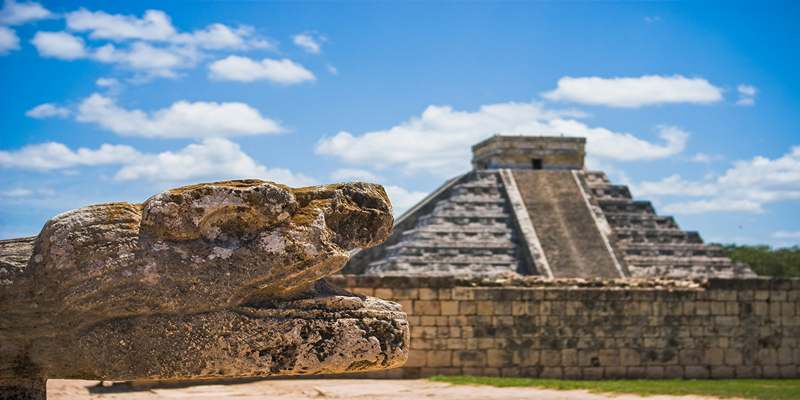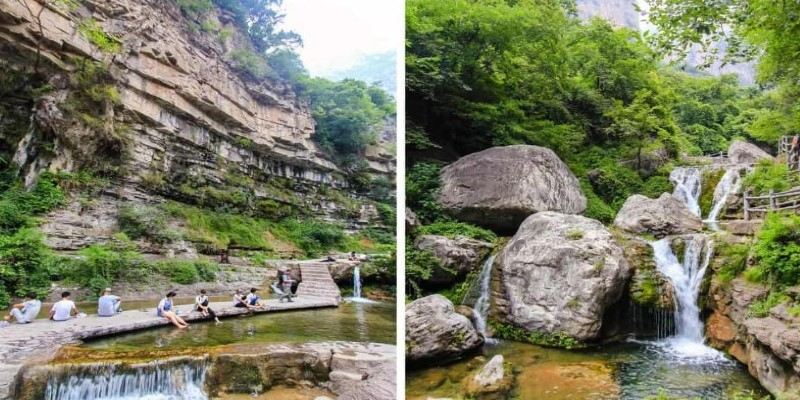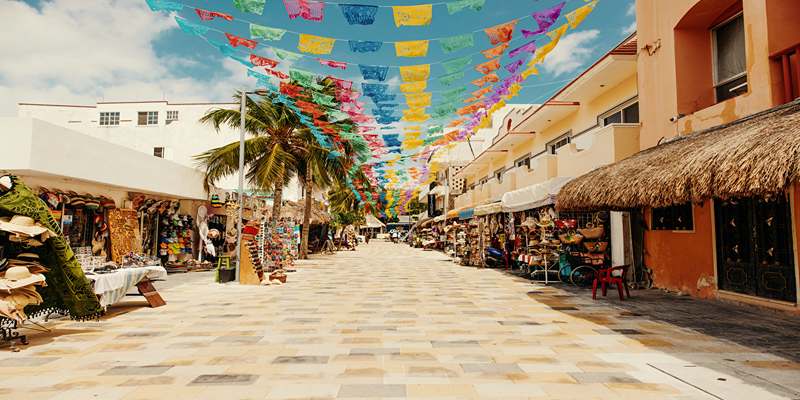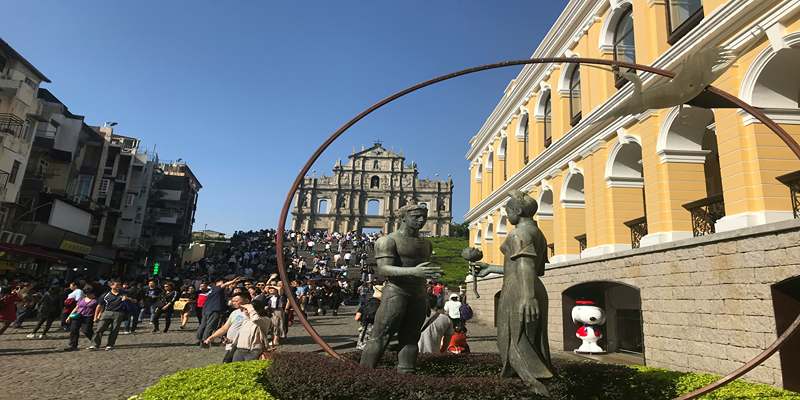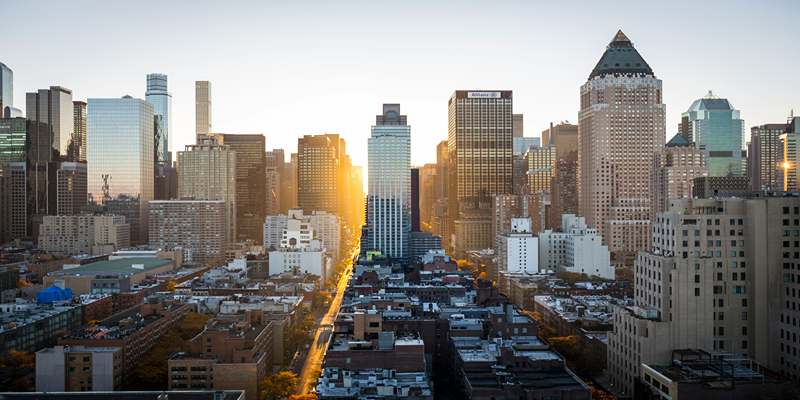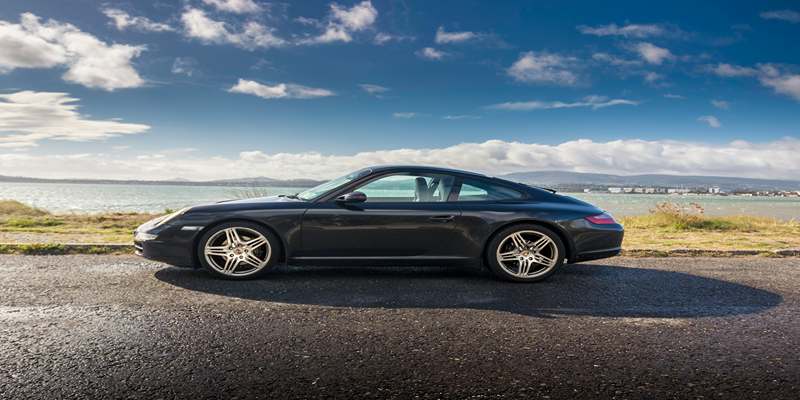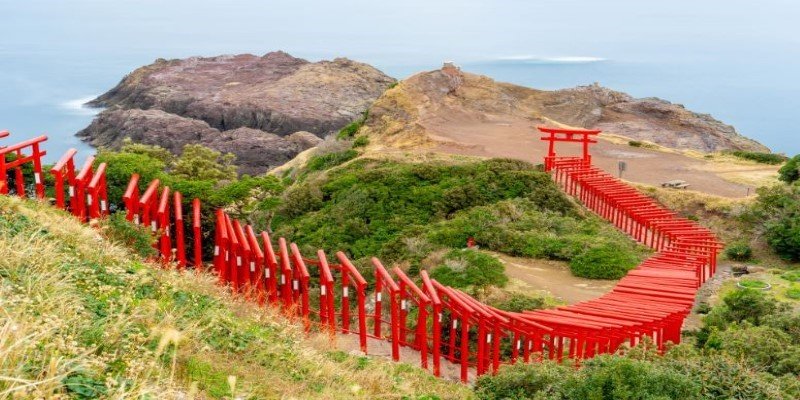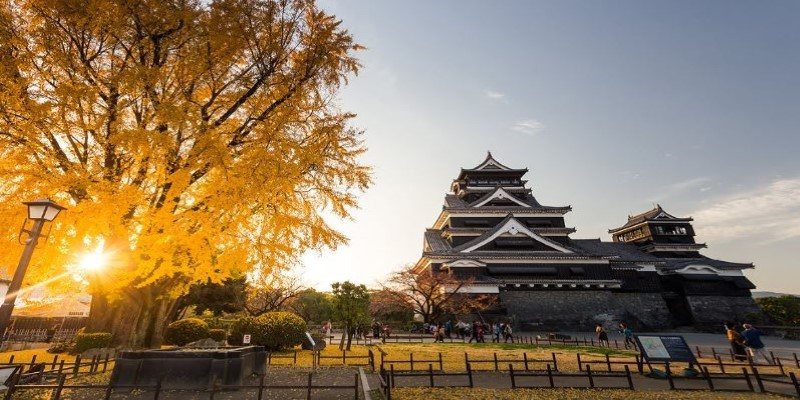Exploring Macau on foot allows you to experience its rich heritage and rich culture. Visiting the Ruins of St. Paul from Senado Square is a favorite route among travelers. Visitors can experience some of Macau’s main attractions, learning about the mix of Portuguese and Chinese traditions. If you wish to start your trip, go to Senado Square, which has colorful paving stones and old colonial constructions. Another scenic route will lead you past old streets, where you can see many hidden places, ending at the marvelous Ruins of St. Paul. Join this tour and experience the unique culture Macau has to offer.
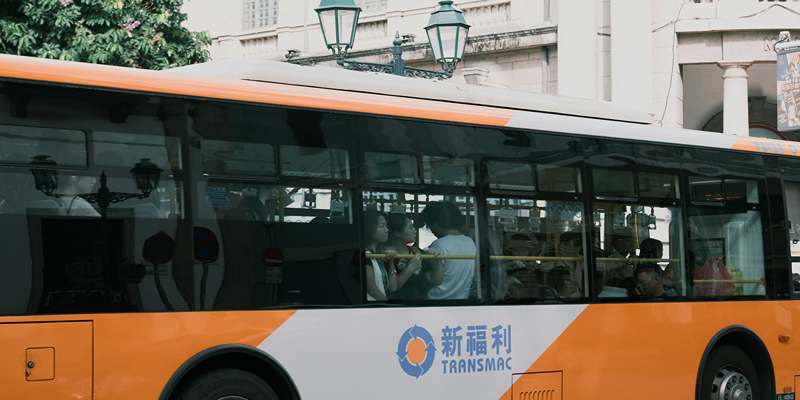
Starting Point: Senado Square
Historical Significance
Largo do Senado, which is another name for Senado Square, has been the heart of both Macau’s culture and politics for many years. Since it is recognized by UNESCO, this site lets you see the blend of Chinese styles and designs that European settlers brought. There used to be major events held in the square, and it is as lively today as in the past. It reflects how Macau has blended Chinese Eastern traditions with Western ones. Visiting Senado Square gives people a glimpse of Macao’s old days and its current life, seen through its beautiful buildings and thriving markets.
Key Attractions Around the Square
Senado Square is surrounded by some of the most impressive places to see during the tour. At one time, the Leal Senado Building was Macau’s government office, yet today it functions as a cultural center for exhibitions. St. Dominic’s Church is in this area, showing the influence of religion in Macau’s culture. Visiting the 16th-century Holy House of Mercy gives a glimpse of the city’s rich history. Visitors who enter the square can sample Macau’s specialties, find souvenirs, and enjoy the energetic local shops and vendors. These places introduce visitors to the rich culture just a small distance from Senado Square.
Ruins of St. Paul: Taking a Walk
Navigating the Path
The path is clearly marked with tourist-friendly signs and pedestrian walkways, making it easy to navigate even for first-time visitors. As you stroll through the cobbled streets, you’ll pass by colonial buildings, heritage landmarks, and vibrant shops, all showcasing the city's rich blend of Portuguese and Chinese influences. The walk itself is not just a route but an experience—alive with street performers, local vendors, and the everyday rhythm of city life. Attention has been paid to the maintenance of sidewalks, crossings, and public spaces to ensure a safe and comfortable walk for everyone. Whether you're walking briskly or taking your time to enjoy the surroundings, you’ll find plenty of photo opportunities and cultural highlights along the way that make this route especially memorable.
En Route Attractions
The walk from Senado Square to the Ruins of St. Paul offers much more than just a final destination—it is filled with cultural stops and local experiences that enrich your journey. One major highlight is Mount Fortress, where you can climb to the top and take in panoramic views of the city skyline while learning about Macau's colonial military history. Just nearby, the Museum of Sacred Art and Crypt displays religious artifacts and relics, offering insight into the city’s spiritual and artistic heritage. Along the route, small shops sell handcrafted goods and souvenirs, and cozy local eateries offer refreshments ranging from Portuguese egg tarts to traditional Chinese snacks. These businesses not only provide a taste of local flavor but also allow for meaningful interactions with residents. Each stop adds a new layer of understanding to Macau’s cultural identity, turning a short walk into a rich and memorable cultural tour through one of the city's most iconic districts.
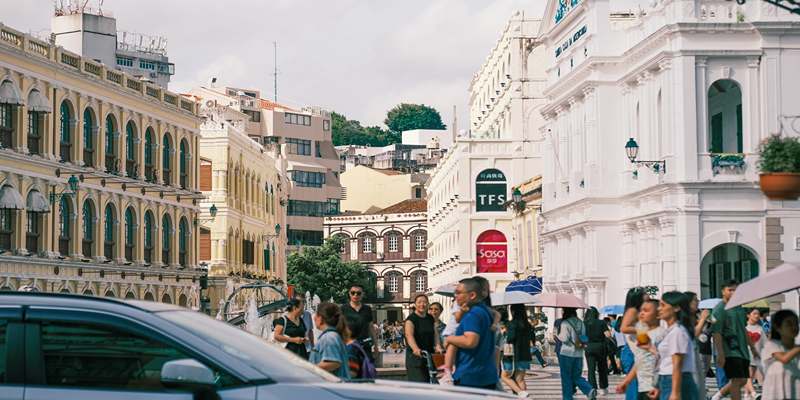
The Ruins of St. Paul
Historical Background
These are rich and dramatic history. Only the grand stone façade survived, standing today as a symbol of resilience and cultural fusion. This historic site reflects the blend of Eastern and Western influences that have shaped Macau through centuries of colonization, trade, and conflict. Visitors are drawn not only to its architectural beauty but also to its spiritual and historical significance.
Architectural Features
The façade of the Ruins of St. Paul is a combination of baroque elements and Asian designs. Scenes from the Bible are carved together with Chinese dragons and lotus flowers, showing the unique culture of Macau. Reliefs, statues, and inscriptions on the stonework tell historic stories of Christianity and its victory over others. Though it stands as a ruin, the impressive structure still attracts guests to consider how those in the past overcame and created such beauty. Because of its distinctive mix between Eastern and Western features, the Ruins of St. Paul should be seen by anyone interested in Macau’s cultural background.
Practical Tips for the Walking Tour
It is best to do the walking tour in Macau early in the morning or late in the afternoon for greater comfort. Choose comfortable shoes since you will be walking on paved streets. Remember to bring cold water and sunscreen if you are visiting in warm weather. Nearby Senado Square and the Ruins of St. Paul, you can find cafes and restrooms. If you’re looking for a guided walk, you can find companies in the area that conduct walking tours and talk about the sites. This route is open to everyone, and you’ll enjoy plenty of cultural sightseeing, even without a guide.
Conclusion
A walk from Senado Square to the Ruins of St. Paul in Macau reveals the distinct culture and history of the city. The heritage of Macau can be experienced in its ancient buildings, lively streets, and meaningful history. Those who take the accessible route can embrace the way the city mixes both Eastern and Western cultures. Macau has something for everyone, whether you love history or just enjoy exploring. You will find that this place is rich in tradition and culture as a result of being such a great meeting point for several groups.

